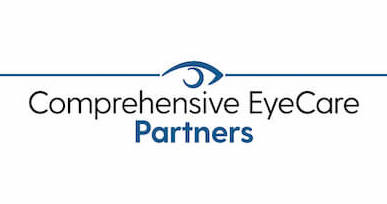
March is Workplace Eye Wellness Month, as recognized by the American Academy of Ophthalmology. If you work in certain fields that involve various hazards, like construction, you may have already put some thought into how to keep your eyes safe.
But your eye health is something you should consider no matter where you work. Even if you work in an office or home, your eye health may be at risk.
No matter what your job is, you can benefit from being more aware of your general eye health and safety in the workplace. Keep reading to learn how to be more diligent during Workplace Eye Wellness Month!
Workplace Safety
When you think about workplace safety, you may think about more hazardous and labor-intensive jobs. These kinds of jobs have a higher risk of eye injury.
You can significantly minimize your risk for eye injury by following safety guidelines. Make sure you know what these guidelines are and refresh yourself on important safety features in the workplace.
If you’re an employer, make sure all your employees follow safety guidelines and give them regular reminders. But you can experience an eye injury even outside of labor-intensive jobs.
Most employers don’t have eye safety guidelines at an office job, but they should. If you work all day on a computer, you’re at high risk for computer vision syndrome, or CVS.
CVS causes several unpleasant symptoms, like eye pain, dry eye, fatigue, and headaches. But as there are ways to minimize the risk of eye injury in some workplaces, there are ways to lower your risk of CVS.
Eye Safety Practices
The best eye safety practices depend on your workplace. If you work with hazardous material, it’s essential to know what to do when your eyes are injured or exposed to dangerous chemicals.
Make sure you know the locations of first aid kits and eyewash stations. If you’re an employer, make sure these necessary safety features are clearly marked and conveniently located.
If you work in an office or at home on a computer, you can keep your eyes healthy by sitting far enough away from your screen. You should sit about 20-24 inches away.
Also, make time to take regular breaks. If you can’t take extended breaks, following the 20-20-20 rule can reduce your risk for CVS. The 20-20-20 rule states that you should take a break every 20 minutes to look at an object 20 feet away for 20 seconds.
Following this rule gives your eyes a chance to refocus and reminds you to blink.
Eye Protection
Most eye injuries that occur on the job can be avoided by following safety protocol and using proper safety equipment. Always wear recommended safety equipment when working with hazardous materials.
Hard hats and safety goggles can save your eyes from a devastating injury. For employees who work mainly on the computer, glasses that block out blue light can be a helpful source of eye protection in and out of the workplace.
Blue light emitted from screens can lead to CVS. Blocking out blue light can help keep your eyes healthy.
As long as you follow safety guidelines and wear eye protection, you can keep your eyes safe and healthy no matter where you work. To keep them healthy, also be sure to have regular eye exams as recommended by your eye doctor.
Can’t remember the last time you saw your eye doctor? Schedule an appointment with Shepherd Eye Center in Las Vegas, NV, now!


